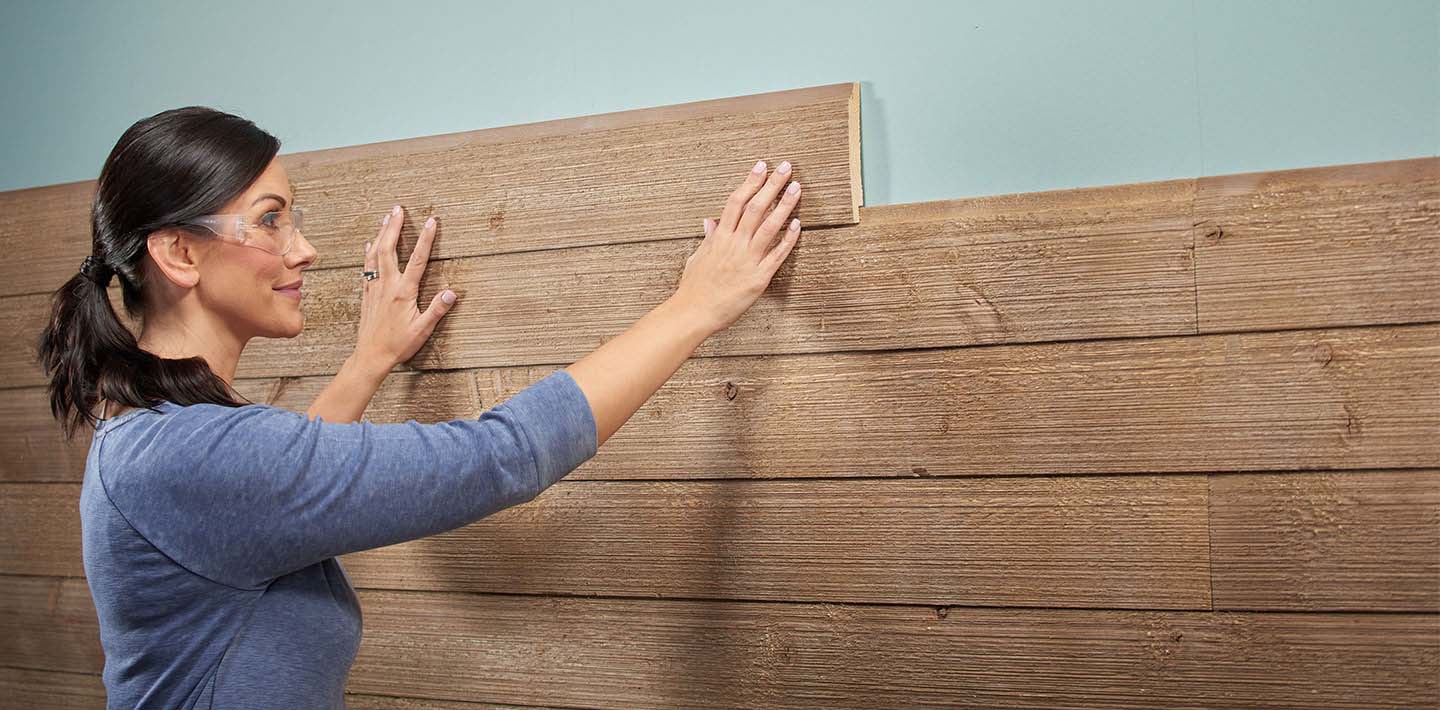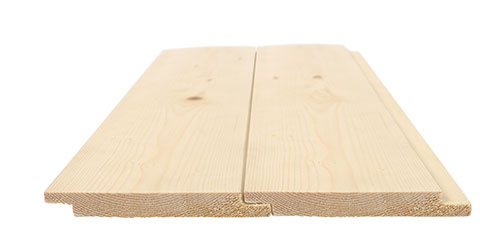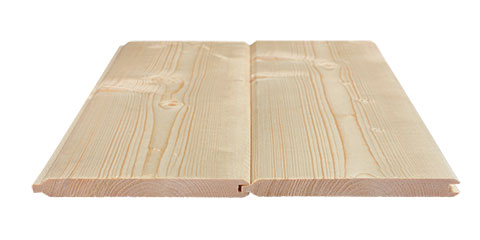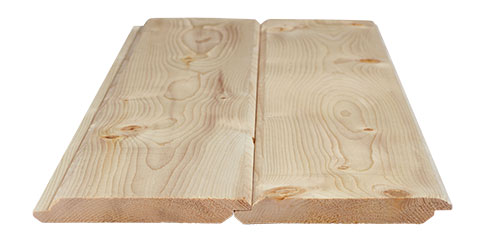
Types of Shiplap Cladding
Posted 7/23/2018 by Cassie Klitzke

So you want to install some shiplap in your home, but aren’t sure what kind of shiplap look is right for you. We created a simple breakdown so you can learn the functional and aesthetic differences between three popular board profiles.
Square Edge Shiplap and Nickel Gap Shiplap

Shiplap boards are square edge boards with a rabbeted edged. This rabbeted edge allows the boards to overlap and fit together snuggly with almost no gaps. However, if you desire some spacing between the boards a nickel gap shiplap board allows overlapping with space between.
- Available in a variety of UFP-Edge pre-finished colors and styles
- Easy to install
- Custom paint or stain can be applied to surface
- Can be installed in almost any room in the house
View our UFP-Edge Square Edge Shiplap page for more information, or check out our accent walls page for more color and style options.
Tongue and Groove

Tongue and groove boards feature a lipped (tongue) edge and a grooved edge. This allows the boards to tightly interlock. When installed on a wall or ceiling, these boards look almost identical to regular shiplap boards.
- Custom paint or stain can be applied to surface
- Can be installed in almost any room in the house or outdoors
- Great for ceilings
View our UFP-Edge Tongue and Groove page for more information.
Eased Edge (V-groove) Shiplap

Similar to square edge shiplap boards, eased edge boards feature a slanted rabbeted edge that allows the boards to overlap. This overlap creates a small v-groove between the boards.
- Custom paint or stain can be applied to surface
- Can be installed in almost any room in the house or outdoors
View our UFP-Edge Eased Edge Shiplap page for more information.